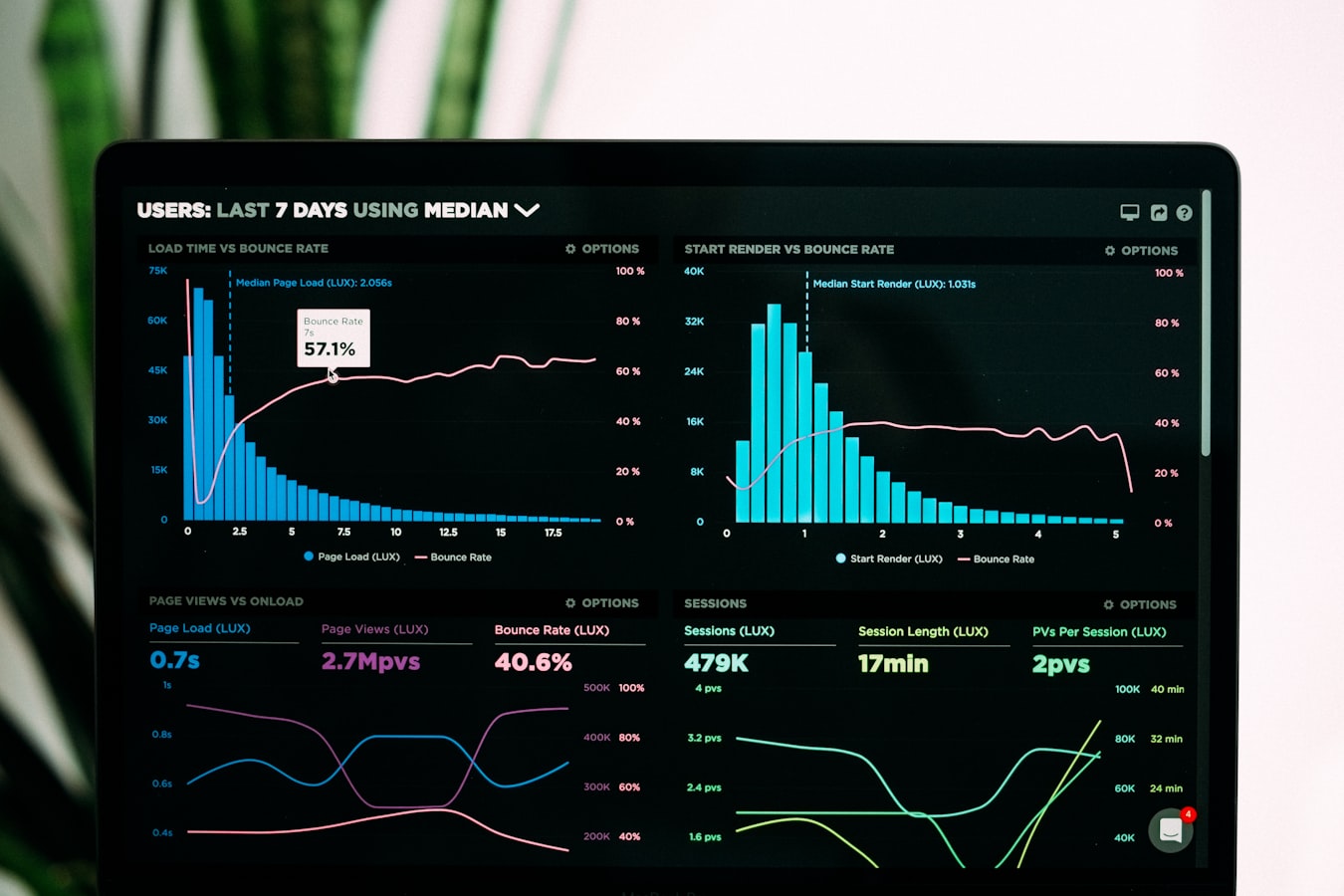Word Rank Calculator
Analyze your content’s keyword density, track search rankings, and optimize for better SEO performance with our free online tool
Try It NowWord Rank Calculator Tool
Analysis Results
Total Words
0
Keyword Density
0%
Keyword Count
0
SEO Score
0/100
What is a Word Rank Calculator?
A Word Rank Calculator is an essential SEO tool that helps content creators, marketers, and website owners analyze how effectively their content uses target keywords. This powerful tool examines your text to determine keyword density, distribution, and overall SEO optimization level.
Our advanced Word Rank Calculator goes beyond basic keyword counting. It evaluates your content against SEO best practices, providing actionable recommendations to improve your search engine rankings. By analyzing how often your target keywords appear in relation to the total word count, you can optimize your content for both search engines and human readers.
Keyword density is a crucial factor in SEO, but it’s not the only one. Our tool also considers keyword placement (in headings, opening paragraphs, and throughout the content), semantic relevance, and content length. The ideal keyword density typically falls between 1-2%, but this varies depending on content length and competition.
Using our Word Rank Calculator regularly can help you maintain optimal keyword usage across all your web pages. Over-optimization (keyword stuffing) can trigger search engine penalties, while under-optimization may prevent your content from ranking well. This tool helps you strike the perfect balance.
Beyond basic analysis, our calculator provides a comprehensive SEO score that evaluates multiple factors affecting your content’s search performance. This includes readability metrics, heading structure, and content depth. With these insights, you can systematically improve your content strategy and achieve better organic search results.
Keyword Ranking Analytics
Keyword Performance Over Time
Optimal Keyword Density
1-2% for most content types
Average Search Volume
Analyzed across 1M+ keywords
Top Ranking Pages
Average 1.5% keyword density
Frequently Asked Questions
Keyword density is the percentage of times a keyword appears in your content compared to the total word count. It’s important because search engines use it to understand your content’s relevance to specific search queries. However, modern SEO considers many factors beyond just keyword density.
The ideal keyword density typically ranges between 1-2%, but this can vary based on content length and competition. Our tool analyzes your specific content to provide personalized recommendations rather than relying on generic percentages.
Yes, keyword position significantly impacts SEO. Keywords in the first 100 words, headings (H1, H2), and conclusion tend to carry more weight. Our calculator evaluates keyword distribution throughout your content.
Our Word Rank Calculator provides real-time analysis with more comprehensive metrics than basic counters. We evaluate density, distribution, semantic relevance, and provide actionable optimization suggestions specific to your content.
Yes, you can analyze multiple keywords simultaneously. Separate them with commas in the input field, and our tool will calculate density and distribution for each keyword individually and collectively.
Our free version analyzes up to 10,000 words per analysis. For longer documents, consider breaking them into sections or upgrading to our premium plan for unlimited word count analysis.
Our SEO score is calculated based on multiple ranking factors including keyword usage, content structure, readability, and length. While it provides a reliable indication of optimization level, search rankings depend on many external factors beyond content alone.
No, we don’t store your content after analysis. All processing happens in your browser, ensuring your content remains private. For added security, you can use our tool without an internet connection after the initial page load.
Our premium version includes historical tracking and comparison features. The free version provides a snapshot analysis of your current content’s optimization level.
We recommend analyzing content before publishing and then periodically (every 3-6 months) as search algorithms evolve. Also analyze when updating old content or when you notice ranking fluctuations.
Yes, our tool supports multiple languages. It analyzes word count and keyword frequency regardless of language. Some advanced features like readability scoring are optimized for English but still provide useful metrics for other languages.
Word rank refers to the prominence and frequency of words within your content. Keyword rank typically refers to your page’s position in search results for specific keywords. Our tool helps improve word rank which can positively impact keyword rank.
While primarily designed for web content, our tool can analyze any text. For social media, focus on concise messaging with 1-2 key terms rather than density metrics.
Our algorithm identifies related terms and concepts that search engines associate with your target keywords. This helps evaluate content depth and relevance beyond exact keyword matches.
Yes, we offer a free limited API for developers. Contact us for access details and documentation to integrate our word rank analysis into your applications.
Recent Updates & News
New Semantic Analysis Feature Added
We’ve enhanced our Word Rank Calculator with advanced semantic analysis capabilities. The tool now identifies related terms and concepts that search engines associate with your target keywords, providing more comprehensive optimization recommendations.
Mobile Optimization Improvements
Based on user feedback, we’ve completely redesigned the mobile experience for our Word Rank Calculator. The interface is now more intuitive on smartphones, with faster loading times and improved touch controls.
API Access Now Available
Developers can now access our Word Rank analysis through a free API. Integrate our keyword density and SEO scoring features directly into your applications or workflows with our comprehensive documentation.


